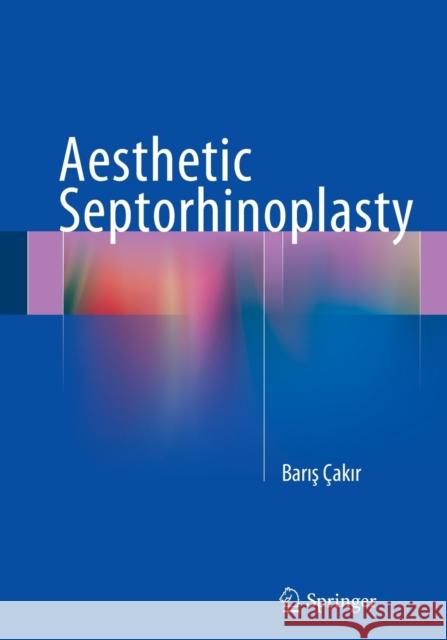Aesthetics in Closed Rhinoplasty » książka
topmenu
Aesthetics in Closed Rhinoplasty
ISBN-13: 9783319357492 / Angielski / Miękka / 2016 / 422 str.
Kategorie BISAC:
Wydawca:
Springer
Język:
Angielski
ISBN-13:
9783319357492
Rok wydania:
2016
Wydanie:
Softcover Repri
Ilość stron:
422
Waga:
0.76 kg
Wymiary:
25.4 x 17.78 x 2.29
Oprawa:
Miękka
Wolumenów:
01
Dodatkowe informacje:
Wydanie ilustrowane











